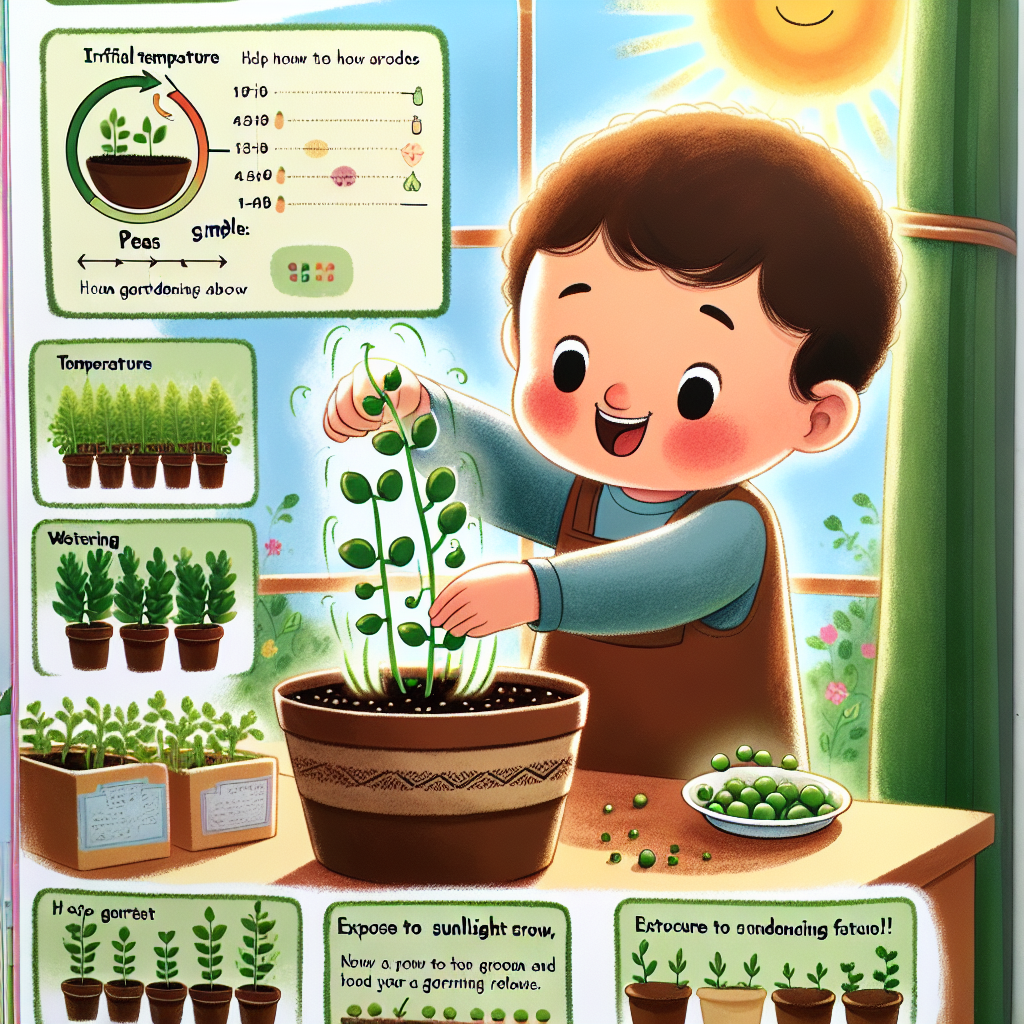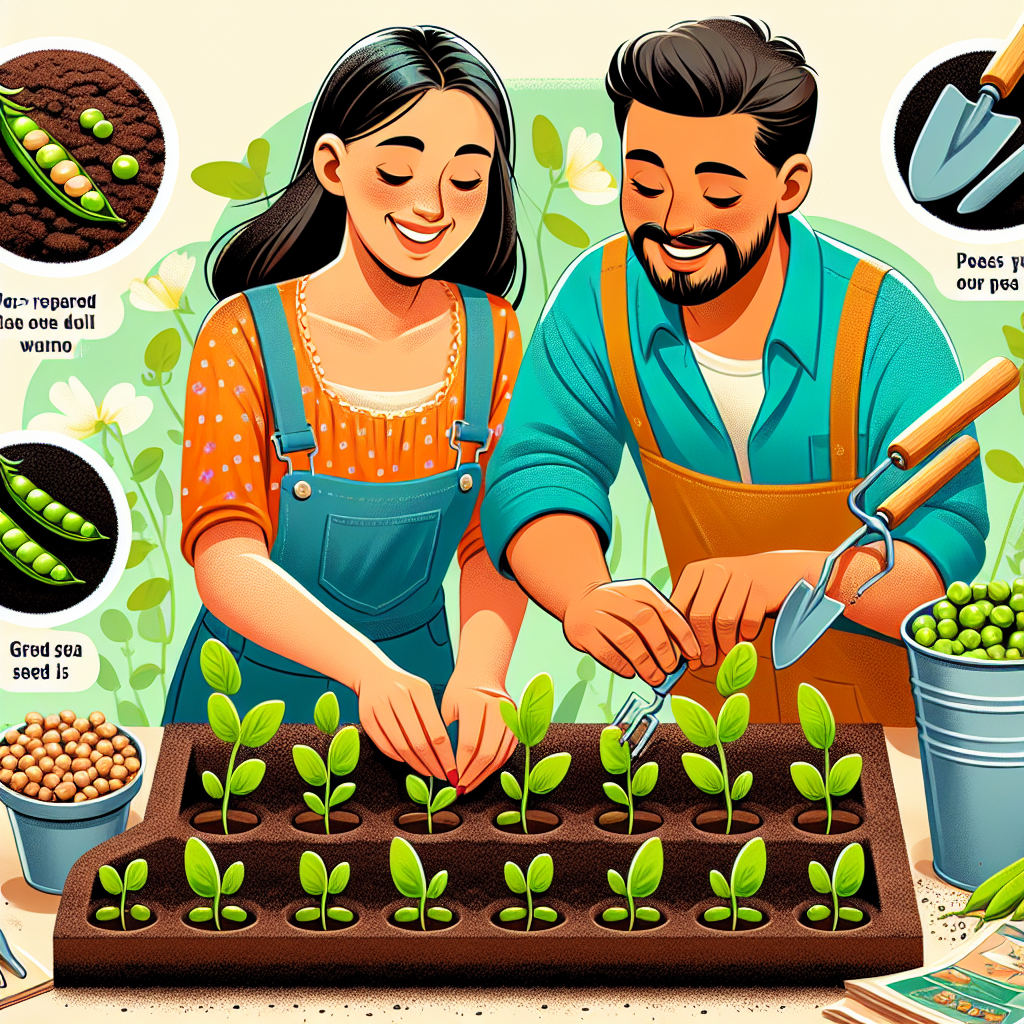Simple Tips for Growing Peas at Home
Peas are a versatile and delicious vegetable that can be easily grown at home, even if you have limited space. Whether you have a small garden, a balcony, or just a windowsill, you can enjoy the satisfaction of growing your own peas and harvesting them fresh for your meals. In this article, we will provide you with some simple tips for successfully growing peas at home.
1. Choose the Right Variety
There are many different varieties of peas available, so it’s important to choose the one that suits your needs and growing conditions. If you have limited space, consider growing dwarf or bush varieties that don’t require support. On the other hand, if you have more space or want to create an attractive vertical display, choose climbing varieties that will need trellises or stakes for support.
2. Start Early
Peas are cool-season vegetables that prefer cooler temperatures for optimal growth. They can be planted as soon as the soil can be worked in early spring or late winter in milder climates. Starting early will give your peas a head start before the warmer temperatures arrive.
3. Prepare the Soil
Peas thrive in well-drained soil rich in organic matter. Before planting, prepare the soil by loosening it with a garden fork or tiller and adding compost or well-rotted manure to improve its fertility and structure. Make sure to remove any weeds or debris from the area as well.
4. Sow the Seeds
For best results, soak your pea seeds overnight before sowing them to help speed up germination. When sowing peas directly into the ground, make sure to plant them about an inch deep and two inches apart in rows spaced about 12 inches apart. It’s also helpful to create a trellis or support system before planting climbing varieties.
5. Provide Support
If you’re growing climbing varieties of peas, it’s important to provide them with support to help them grow vertically. You can use trellises, stakes, or even bamboo poles tied together to create a structure for the peas to climb on. Make sure the support system is sturdy enough to withstand strong winds and heavy pea plants.

6. Water Regularly
Peas need regular watering, especially during dry periods, to ensure healthy growth and development. Keep the soil consistently moist but not waterlogged. Water at the base of the plants rather than overhead to avoid wetting the foliage, which can invite diseases.
7. Mulch and Weed
Apply a layer of organic mulch, such as straw or shredded leaves, around your pea plants once they have started growing to help conserve moisture and suppress weed growth. Regularly check for weeds and remove them promptly before they have a chance to compete with your pea plants for nutrients and water.
8. Harvest at the Right Time
Peas are ready for harvest when they are plump and bright green. The best way to determine if they are ready is by taste-testing a few pods. If they taste sweet and crisp, then it’s time to start harvesting! Pick peas regularly as soon as they are ready, as this will encourage continuous production.
9. Rotate Crops
To prevent soil-borne diseases and pest problems, it’s crucial to practice crop rotation in your garden. Avoid planting peas in the same spot every year; instead, rotate them with other vegetable families such as tomatoes or lettuce.
10. Save Seeds
If you want to grow peas again next year without having to purchase new seeds, save some of your own! Simply allow some of your healthiest pea pods to fully mature on the plants until they turn yellow and dry out. Then collect the seeds from inside the dried pods and store them in a cool, dark place until you’re ready to plant them next season.
In conclusion, growing peas at home is a rewarding and enjoyable experience. By following these simple tips, you can successfully cultivate your own fresh and delicious peas right in your backyard or even on your balcony. So, get started and enjoy the taste of homegrown peas that will elevate your meals to a whole new level!













